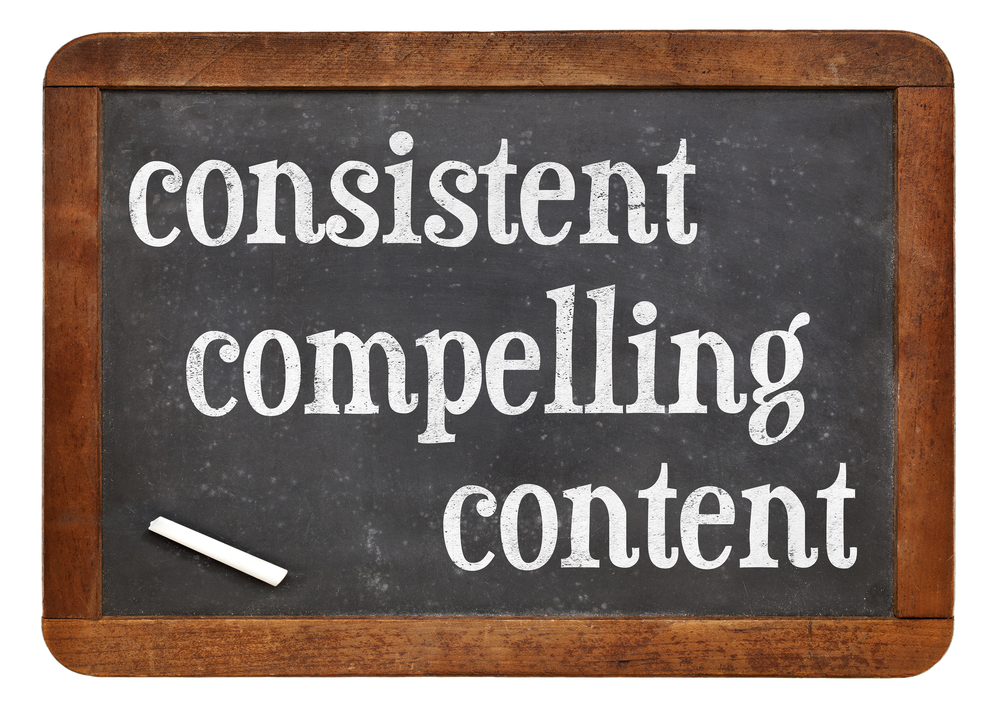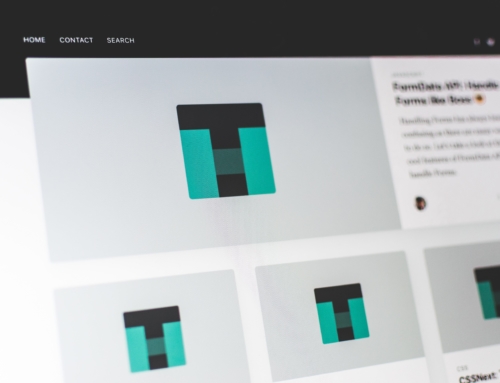According to the Nielsen Norman Group, you have 10 to 20 seconds to capture your reader’s attention. What’s the secret?
The answer was the first thing you read – the headline.
Powerful headlines, also known as headings, make a promise to your reader, and specific subheadings within the body of the article deliver on that promise. The title of this article tells you you’ll learn about the difference between headings and subheadings.
The following subheadings will each address a component of this promise. We’ll also incorporate heading and subheading examples to explain each element.
What Are Headlines?
A headline is the title of a piece of content. In the digital world, the headline of your content is what displays in bold when it shows up on the results page of a search engine.
Headlines play a vital role in attracting attention from both humans and search engines. Humans read a headline to determine if the content is relative to their lives. You need to appeal to either their logic or emotion to get them to click through to your content.
Search engines read a headline to determine if the content is relative to any search queries. In HTML terms, the headline is the H1 tag.
Search engines put the most weight on the keywords within the H1 tag. You are telling search engines what your piece of content is about, and then they crawl the rest of your content for more instances and variations of these keywords.
The ability to write powerful headlines will set you apart from your competition. Here are some headline writing tips:
- Make sure your target keyword is included
- Keep it under 85 characters for SEO purposes
- Use numbers to show the content’s scannability ( ex. 7 Types of Marketing Strategies)
- Provide a sense of urgency – why does the reader need your content?
- Be as specific as possible – don’t fall into the clickbait trap
- Convey uniqueness – what unique angle or perspective does the content showcase?
Writing a good headline is only half of the battle. You need good subheadings to get readers to finish your content and be inspired to perform your call-to-action.
What is the Subheading of an Article?
There are technically two subheadings, or sub-headline, definitions. In advertising copy or a website landing page, the subheadline is a true extension of the headline. It is usually placed right below the headline and drives the reader to continue through the rest of the content. Here is a heading and subheading example.
The Power of Search Engine Optimization
5 Effective SEO Strategies to Land You on the Coveted First Page of Google
When it comes to long-form content like magazine articles and blog posts, Subheadings serve as mini-headlines that break up the article into digestible sections for the reader.
Here are some tips for writing effective subheadlines:
- Include variations of the primary keyword featured in your headline
- Be descriptive. Tell the reader exactly what’s coming in the text under each subheadline
- Ask questions from the reader’s perspective, and answer the question in the text
- Make it as easy as possible for the reader to scan your most important information
- Write all of your subheadlines before you start writing your article
List-based articles are so popular because the headline tells readers they’ll be able to scan the headlines for the most relevant information to their lives.
Headings and Subheadings: Final Thoughts
Your headings and subheadings are steps one and two in the conversion process for digital content. The headline gets readers to your website, and your subheadings give your reader the value they need.
If you succeed at these two steps, you establish trust with your readers. Once readers trust your information, they become part of your community and are much more likely to perform the call-to-action at the end of your article. Dedicate some time this week to practicing your headlines and sub-headlines. You’ll notice how much easier it is to provide your readers with massive value.
Would you rather outsource your content creation efforts to an expert? Contact us today to learn how we create content that persuades and converts.











Leave A Comment